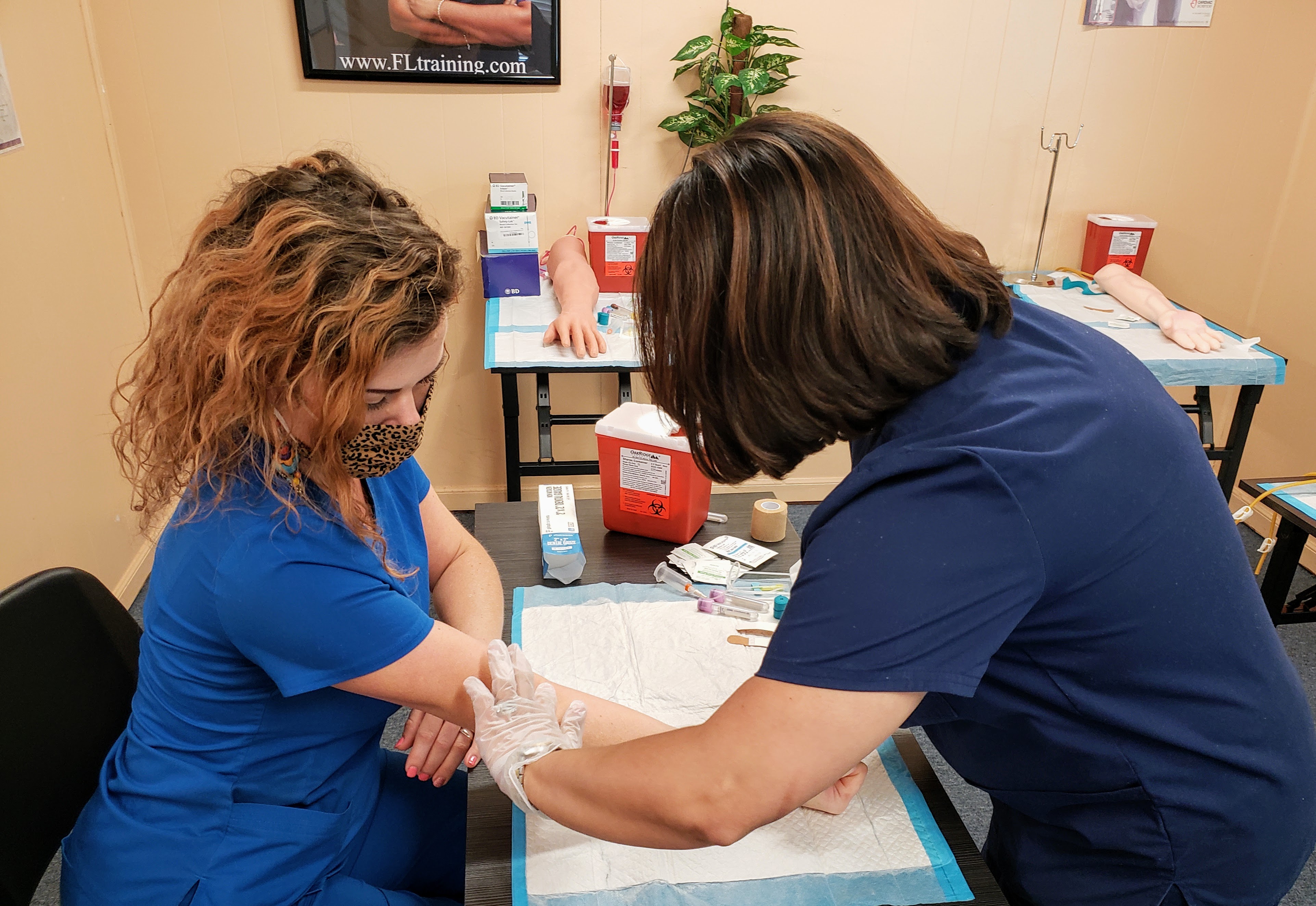The Single Strategy To Use For Northeast Medical Institute - New Haven Campus Phlebotomy Course & Cna Class
The Single Strategy To Use For Northeast Medical Institute - New Haven Campus Phlebotomy Course & Cna Class
Blog Article
Rumored Buzz on Northeast Medical Institute - New Haven Campus Phlebotomy Course & Cna Class
Table of ContentsAll About Northeast Medical Institute - New Haven Campus Phlebotomy Course & Cna ClassThe Facts About Northeast Medical Institute - New Haven Campus Phlebotomy Course & Cna Class RevealedWhat Does Northeast Medical Institute - New Haven Campus Phlebotomy Course & Cna Class Mean?The Ultimate Guide To Northeast Medical Institute - New Haven Campus Phlebotomy Course & Cna ClassExcitement About Northeast Medical Institute - New Haven Campus Phlebotomy Course & Cna ClassThe smart Trick of Northeast Medical Institute - New Haven Campus Phlebotomy Course & Cna Class That Nobody is Talking About
The usage of such devices need to be come with by various other infection prevention and control methods, and training in their use.For settings with low sources, price is a motoring consider procurement of safety-engineered tools - Phlebotomy Training. Where safety-engineered tools are not readily available, skilled use of a needle and syringe serves. Accidental exposure and details details concerning an incident should be videotaped in a register. Assistance services need to be promoted for those who go through unexpected direct exposure.
One of the vital pens of top quality of treatment in phlebotomy is the participation and teamwork of the individual; this is equally helpful to both the health and wellness worker and the individual. Clear information either written or verbal need to be offered to every client who undergoes phlebotomy. Annex F offers example text for clarifying the blood-sampling procedure to an individual. In the blood-sampling room for an outpatient division or center, give a comfortable reclining couch with an arm remainder.
Getting My Northeast Medical Institute - New Haven Campus Phlebotomy Course & Cna Class To Work
Make certain that the indicators for blood sampling are clearly defined, either in a created procedure or in documented directions (e.g. in a research laboratory form). In all times, adhere to the approaches for infection prevention and control detailed in Table 2.2. Infection avoidance and control methods. Collect all the equipment required for the procedure and location it within risk-free and simple reach on a tray or trolley, ensuring that all the things are plainly noticeable.
Introduce yourself to the patient, and ask the client to mention their full name. Examine that the laboratory kind matches the client's identity (i.e. match the client's details with the research laboratory kind, to make certain precise identification).
Make the patient comfortable in a supine position (ideally). Place a clean paper or towel under the person's arm. Discuss the test to be executed (see Annex F) and obtain verbal permission. The client has a right to refuse an examination at any type of time prior to the blood sampling, so it is necessary to guarantee that the patient has recognized the procedure.
An Unbiased View of Northeast Medical Institute - New Haven Campus Phlebotomy Course & Cna Class
Expand the individual's arm and check the antecubital fossa or lower arm. Situate a capillary of an excellent size that is noticeable, straight and clear. The representation in Section 2.3, reveals usual positions of the vessels, yet lots of variants are possible. The median cubital blood vessel exists between muscular tissues and is usually the most simple to pierce.
DO NOT put the needle where capillaries are drawing away, since this enhances the possibility of a haematoma. Situating the blood vessel will certainly aid in figuring out the right dimension of needle.
Haemolysis, contamination and existence of intravenous liquid and medication can all change the outcomes (39. Nursing team and doctors may access central venous lines for specimens adhering to methods. Nevertheless, samplings from main lines lug a risk of contamination or wrong research laboratory examination results (https://www.goodreads.com/user/show/179518384-marvin-gordon). It serves, yet not suitable, to draw blood specimens when very first introducing an in-dwelling venous gadget, prior to linking the cannula to the intravenous liquids.
About Northeast Medical Institute - New Haven Campus Phlebotomy Course & Cna Class
Failure to allow enough call time increases the danger of contamination. DO NOT touch the cleansed site; in particular, DO NOT position a finger over the capillary to direct the shaft of the revealed needle.
Ask the individual to form a clenched fist so the blood vessels are more prominent. Enter the capillary swiftly at a 30 degree angle or less, and remain to introduce the needle along the blood vessel at the easiest angle of access - CNA Courses. Once sufficient blood has been collected, launch the tourniquet prior to taking out the needle
What Does Northeast Medical Institute - New Haven Campus Phlebotomy Course & Cna Class Mean?
Withdraw the needle carefully and use mild stress to the site with a clean gauze or dry cotton-wool sphere. Ask the patient to hold the gauze or cotton wool in place, with the arm extended and raised. Ask the individual NOT to flex the arm, because doing so causes a haematoma.

The 2-Minute Rule for Northeast Medical Institute - New Haven Campus Phlebotomy Course & Cna Class
Do not push the syringe bettor due to the fact that added stress increases the danger of haemolysis. Where possible, keep the tubes in a shelf and move the rack in the direction of you. Inject downwards into the proper coloured stopper. DO NOT get rid of the stopper because it will certainly release the vacuum. If the sample tube does not have a rubber stopper, inject exceptionally slowly right into television as lessening the pressure and speed utilized to move the specimen reduces the danger of haemolysis.

Report this page